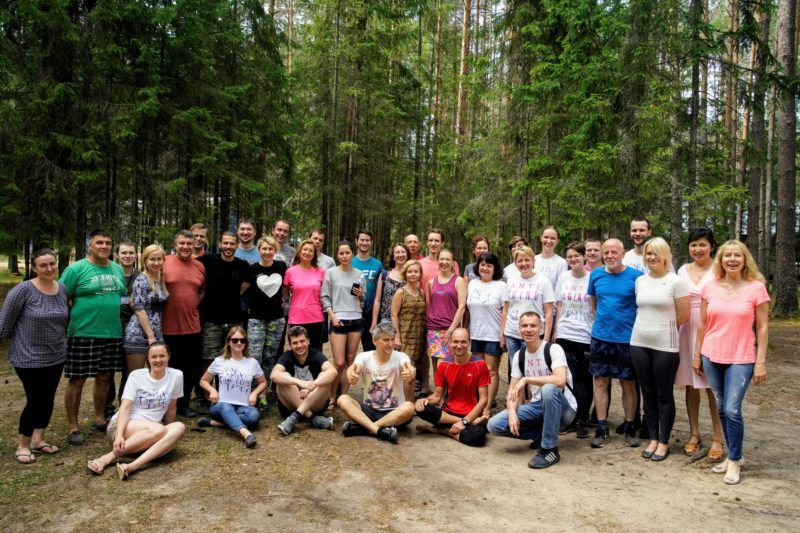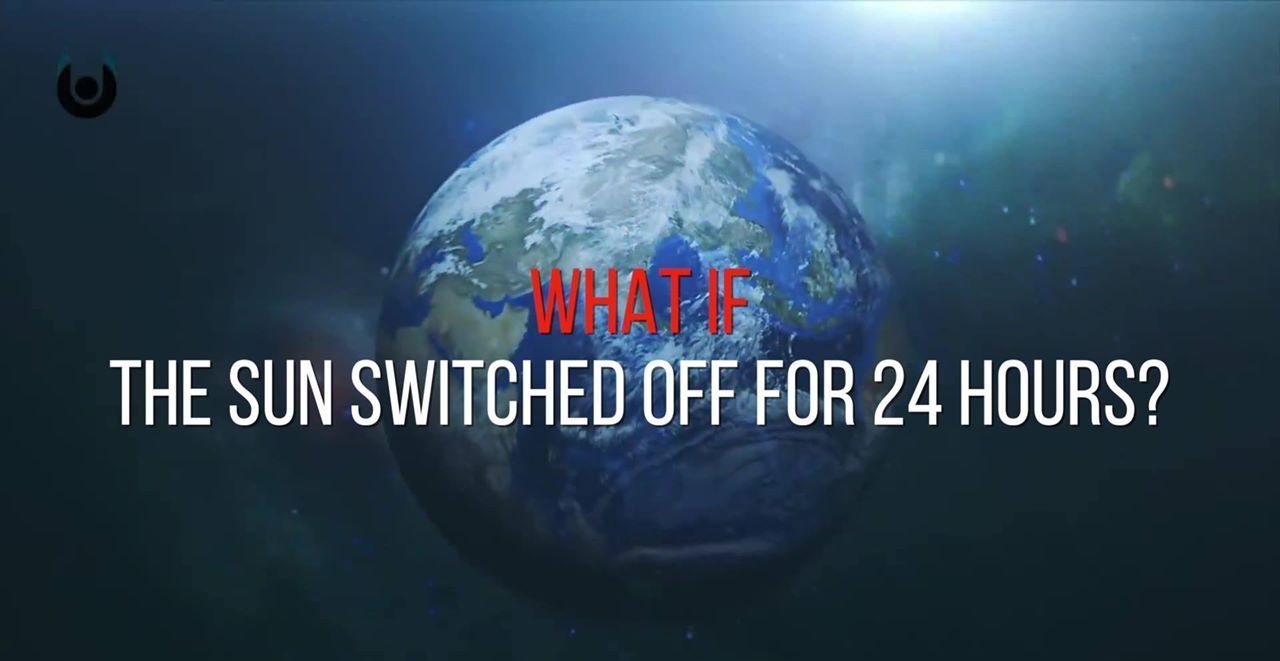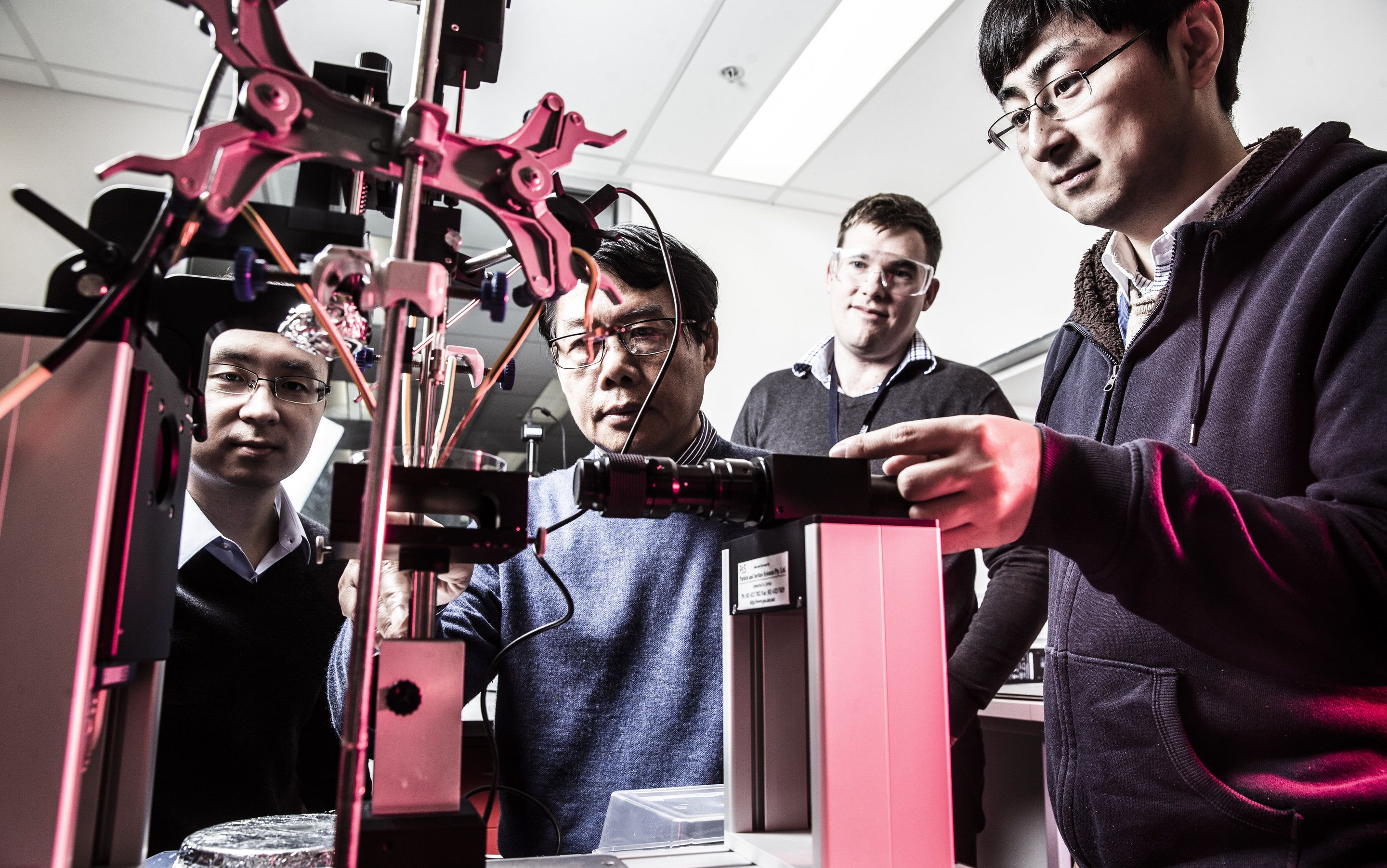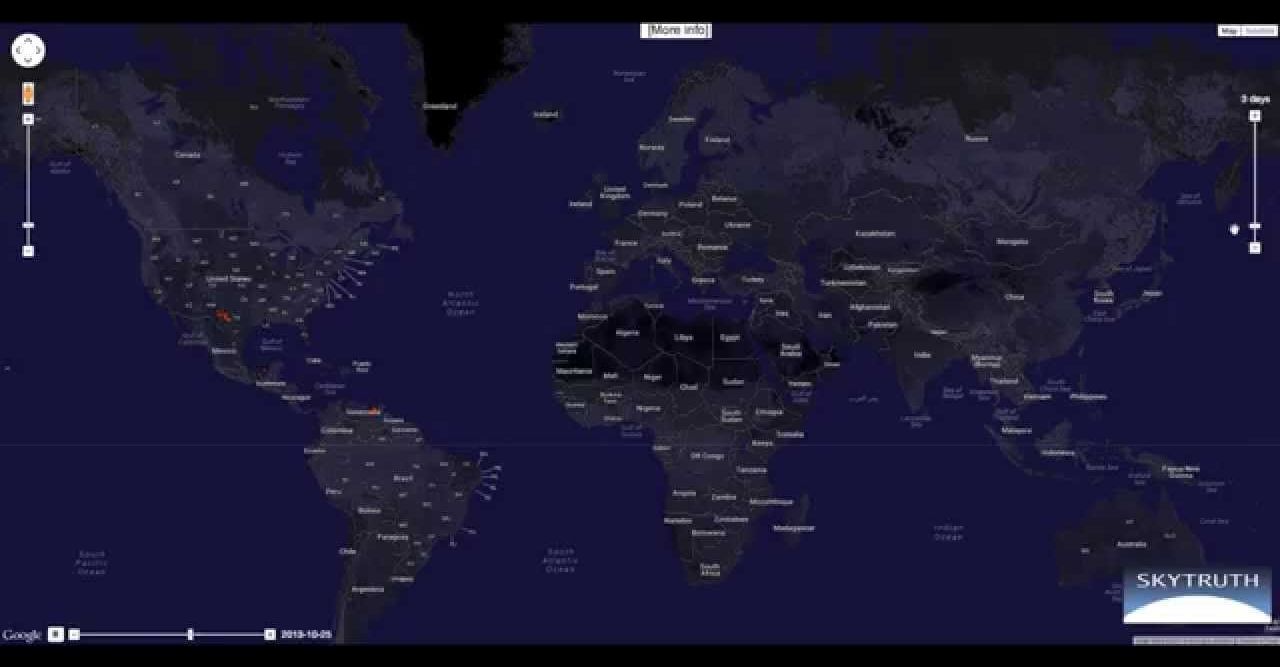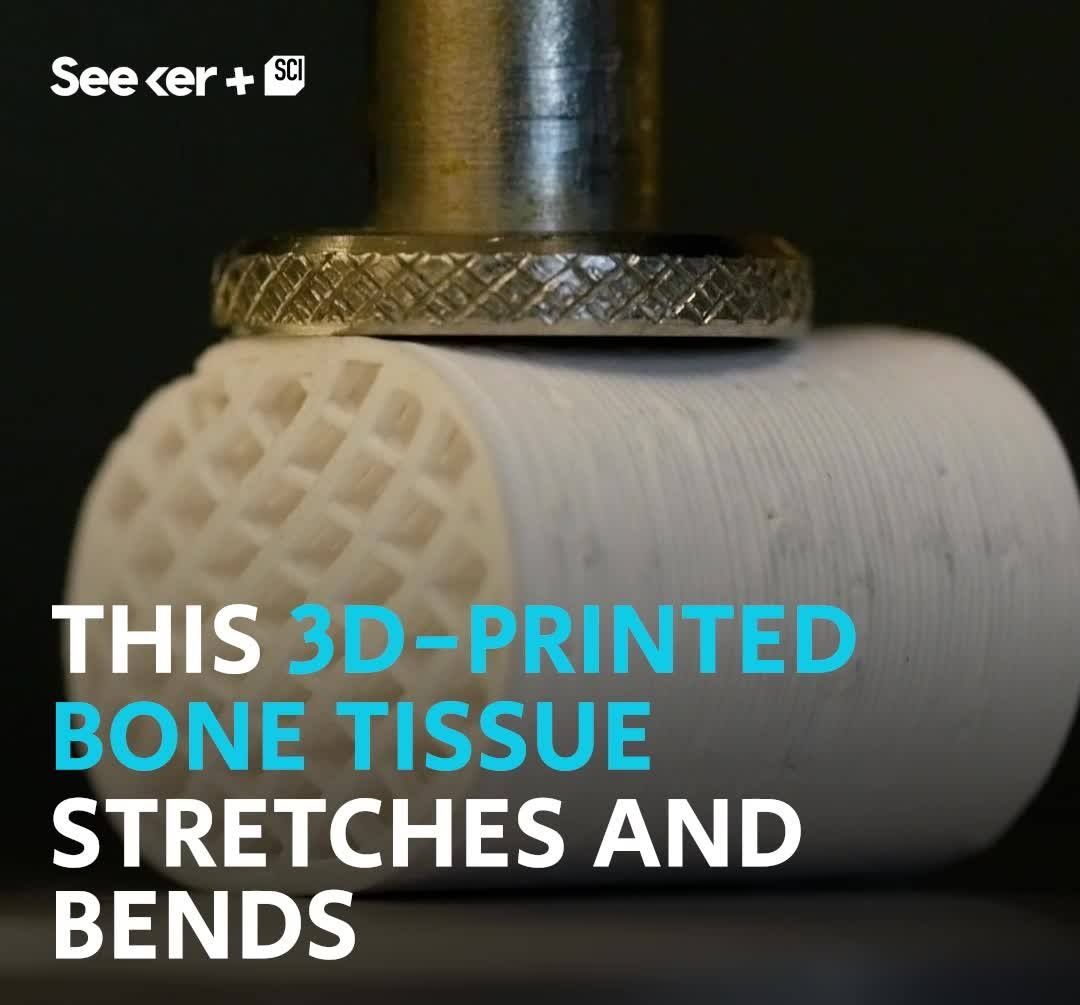Jul 11, 2018
These solar arrays fold up like origami flowers
Posted by Genevieve Klien in category: space
Sending stuff up to space is no easy task — even 45 years after Apollo 11. Size, weight, and cost are all massively important, so some researchers are turning to advanced origami to fold up solar arrays. The result of their two years’ worth of work is a solar array with a diameter of just 8.9 feet (2.7 meters) when folded and a massive 82 feet (25 meters) when unfurled. A 1/20th scale model of the array is what you see here.
To build the solar array, Shannon Zirbel and professor Larry Howell of Brigham Young University, and mechanical engineer Brian Trease of NASA’s Jet Propulsion Laboratory, enlisted the help of renowned origami expert Robert Lang. One of the major difficulties faced by the team is that solar arrays are not as thin as paper. “You have to rethink a lot of that design in order to accommodate the thickness that starts to accumulate with each bend,” Trease said in a press release.
Continue reading “These solar arrays fold up like origami flowers” »


